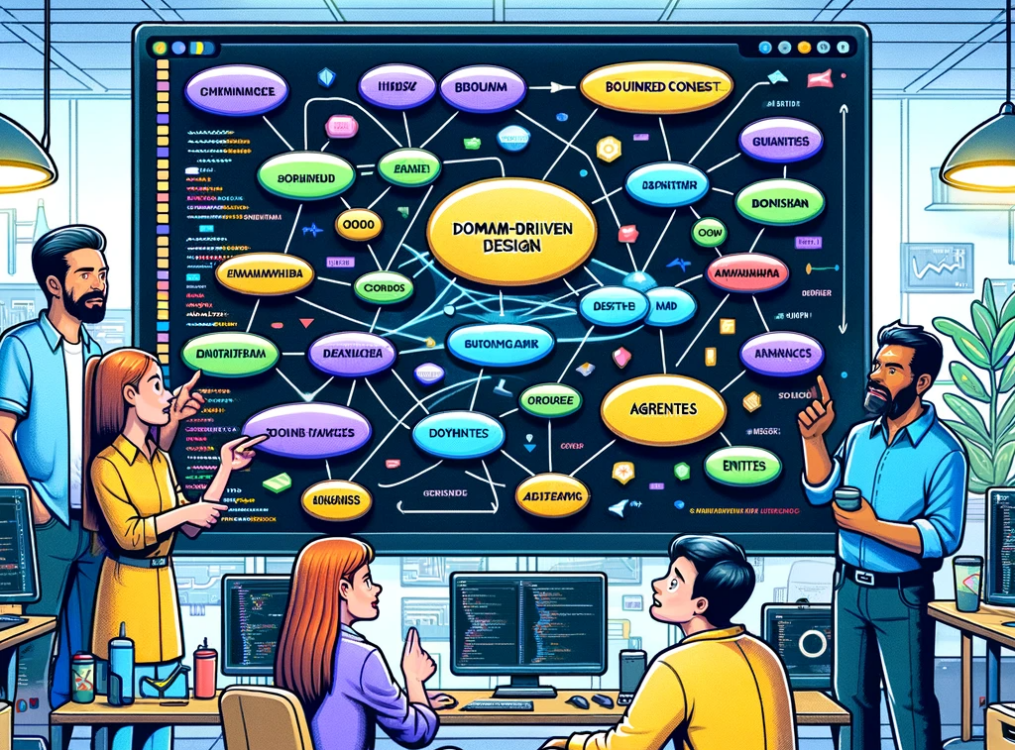Introduction
Domain-Driven Design (DDD) is a methodology and set of principles for developing software that meets complex needs through a deep understanding of the domain. For someone new to architecture, it’s crucial to grasp how DDD influences solution architecture, aiding in the creation of systems that are more responsive to business requirements.
Core Concepts of DDD
- Domain: The sphere of knowledge and activity around which a software solution revolves. It’s essential to understand the domain thoroughly to create effective solutions.
- Model: A system of abstractions that describes selected aspects of a domain and can be used to solve problems related to that domain.
- Ubiquitous Language: A common language used by developers and domain experts to ensure clear communication and that the software reflects the domain accurately.
- Bounded Contexts: These are explicit boundaries within which a particular domain model is defined and applicable. Different bounded contexts can coexist within a large system, each with its own domain model and ubiquitous language.
Read more about the core concepts here
DDD’s Impact on Solution Architecture
- Focus on Business Needs: DDD encourages architects to focus on core business needs and build a software model that reflects these intricacies, ensuring the solution is aligned with business objectives.
- Modular Architecture: By defining bounded contexts, DDD promotes a modular approach to architecture. Each module encapsulates a specific domain model, making the system more manageable and scalable.
- Integration Strategies: In DDD, understanding how different bounded contexts interact is crucial. This often leads to strategic design decisions about integrating various parts of the system, whether through APIs, event-driven architectures, or other mechanisms.
- Complexity Management: DDD helps manage complexity by dividing the system into smaller, more understandable parts (bounded contexts), each with its own focused model and language.
- Evolutionary Design: DDD allows for an evolutionary approach to software development. The models can evolve as the understanding of the domain improves, making the system more adaptable to change.
Implementing DDD in Solution Architecture
- Collaboration with Domain Experts: Regular interaction with domain experts is essential to ensure that the software model accurately reflects the domain.
- Context Mapping: This involves identifying different bounded contexts and their relationships, which is vital for designing the overall architecture.
- Choosing the Right Integration Techniques: Based on the context map, architects need to decide how different bounded contexts will communicate with each other.
- Continuous Refinement: The domain models should be continuously refined and evolved as the understanding of the domain deepens.
Conclusion
Domain-driven design offers a valuable set of principles and practices for solution architecture, particularly in complex domains. By focusing on the core business needs and facilitating a modular and evolutionary approach to design, DDD enables the creation of software architectures that are both robust and adaptable to changing business requirements. For those new to architecture, embracing DDD can be a significant step towards building effective and sustainable software solutions.


Leave a Reply
You must be logged in to post a comment.